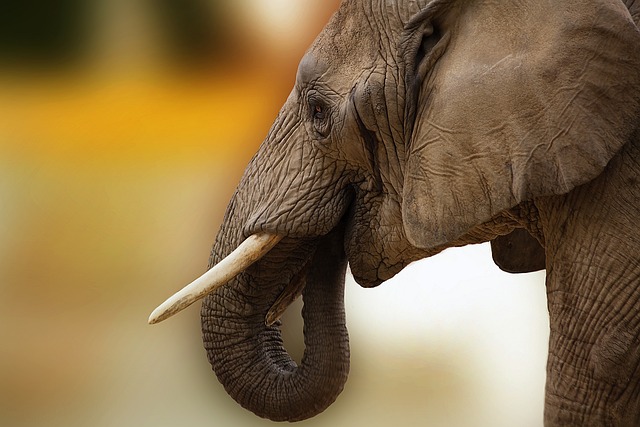Elephants are known for their impressive size and strength, but their skin is also a remarkable feature. The skin of an elephant is not only thick and tough, but also sensitive to temperature changes. In this article, we’ll explore the fascinating world of elephant skin and how it plays a crucial role in the life of these magnificent creatures.
The Basics of Elephant Skin
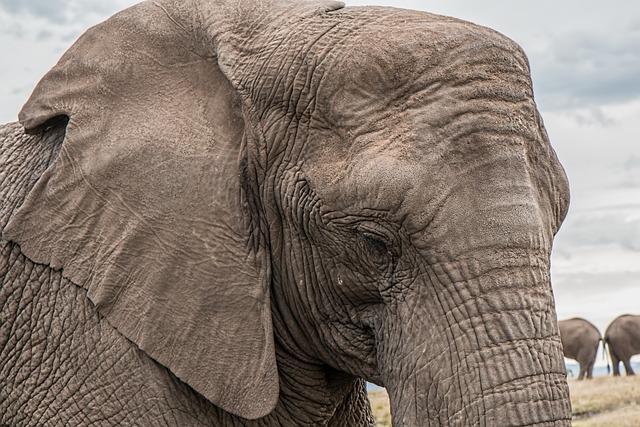
An elephant’s skin is one of its most important organs, serving as a protective barrier against the elements, parasites, and predators. It can be up to 2.5 centimeters thick in some areas, which is roughly 10 times thicker than human skin. Despite its thickness, elephant skin is surprisingly flexible and allows for a wide range of movement.
Elephant skin is also covered in wrinkles and folds, which helps to increase surface area and allows for more efficient heat dissipation. This is important for regulating body temperature, as elephants are susceptible to heat stroke in hot weather. The wrinkles and folds also provide a rough texture, which helps to prevent slipping when the elephant is walking or running on smooth surfaces.
The Sensitivity of Elephant Skin
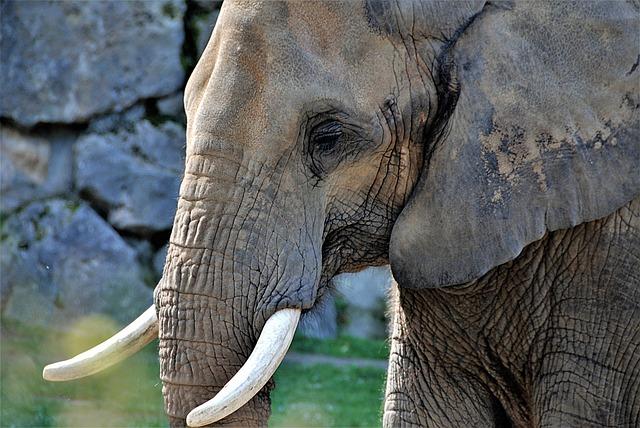
While elephant skin is tough, it is also sensitive to changes in temperature. In fact, elephant skin is so sensitive that the animals can detect changes in temperature as small as 0.05 degrees Celsius. This sensitivity is due to a network of tiny blood vessels and nerves that run throughout the skin.
Elephants use this sensitivity to help regulate their body temperature. When they feel too hot, they will flap their ears, which are also covered in thin skin with blood vessels close to the surface. This helps to increase blood flow to the ears and dissipate heat more quickly.
Additionally, elephants will also use mud and water to cool themselves down. They will cover themselves in mud, which helps to protect their skin from the sun and also acts as a natural air conditioner. When they come across a water source, they will spray themselves with water, which also helps to regulate their body temperature.
The Importance of Elephant Skin
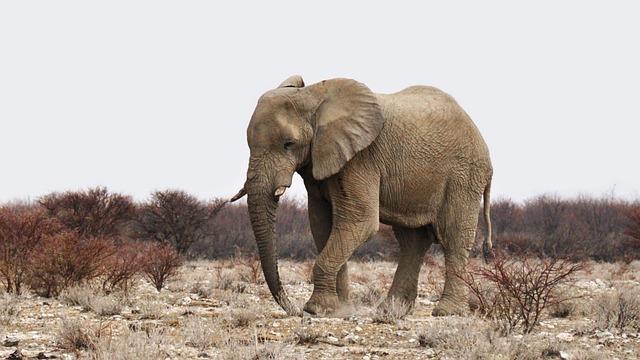
The skin of an elephant is an incredibly important feature that plays a crucial role in the life of these animals. It not only protects them from the environment but also helps to regulate their body temperature, which is essential for survival in hot climates.
Unfortunately, elephants are facing many threats in the wild, including habitat loss, poaching, and climate change. As a result, it is more important than ever to protect these magnificent creatures and their unique features, such as their amazing skin.
Conclusion
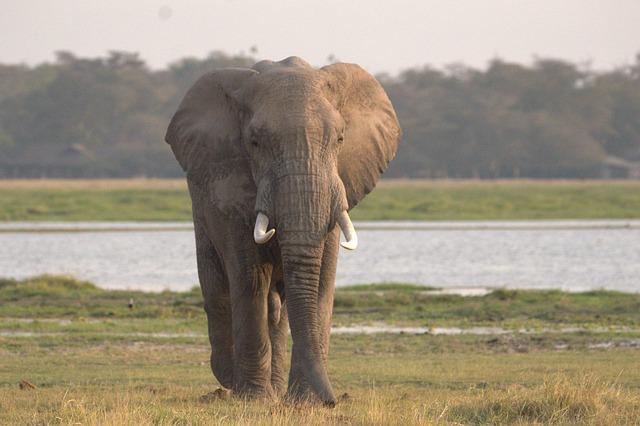
The skin of an elephant is truly remarkable, both in terms of its toughness and sensitivity to temperature changes. It is an essential organ that plays a crucial role in the life of these magnificent creatures, and it is up to us to protect them and their habitats. By learning more about elephant skin, we can gain a greater appreciation for these incredible animals and work to ensure their survival for generations to come.

